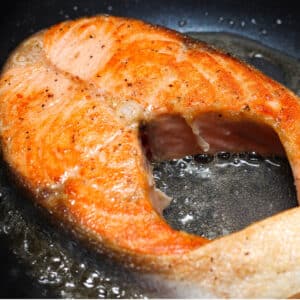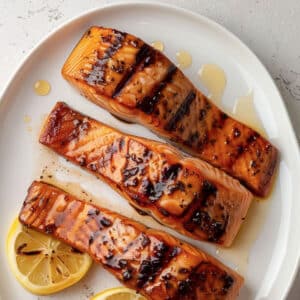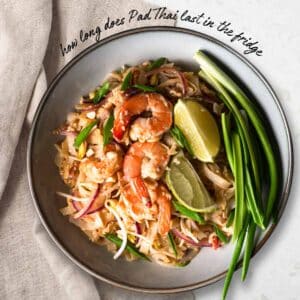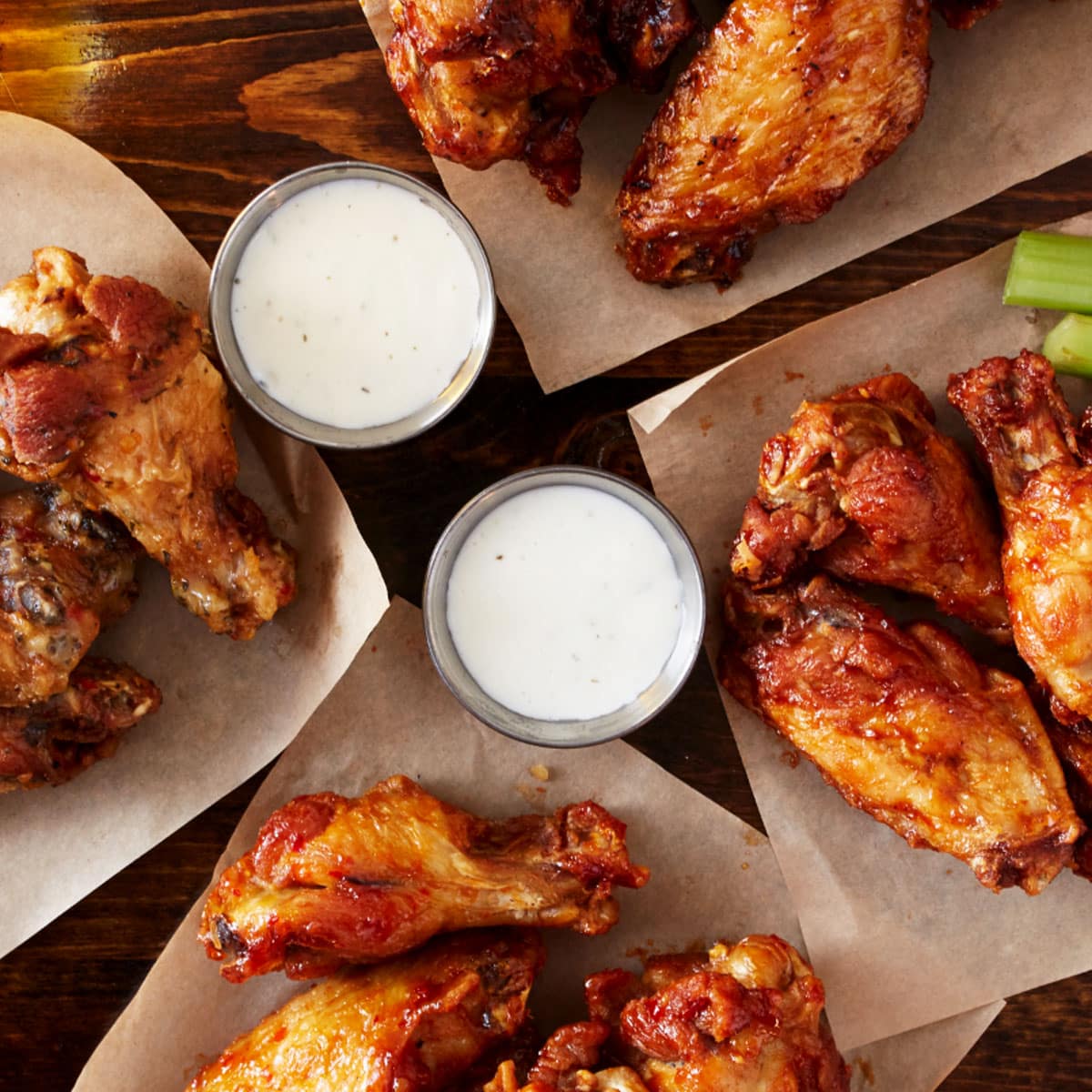
- If you want to take the edge off spicy foods, look no further than ranch dressing. It is a great way to neutralize spicy flavors.
- Add a dollop of ranch dressing to your plate and mix it with your food. You'll be surprised at how well it works!
- Make ranch dressing a little creamier by adding sour cream. This will help to cut through the spice and give it a smooth texture.
Maybe you overestimated your cooking abilities and used extra-hot buffalo sauce in your chicken wings. Or, you went a little too hard on the chili powder in your chili, overloaded your nachos with jalapenos, or added habaneros to your salsa. Whatever the case, your food is unbearably spicy, and you need to fix it—fast.
To minimize the pain, one must first understand the science of burning sensation — knowing what to do (and not do) to put out the fire, so to speak, will help reduce its intensity.
What makes food spicy?
The answer lies in the compound capsaicin, as chili peppers get their characteristic heat from this. Capsaicin activates the TRPV1 receptor on your taste buds when it comes in contact with them. It sends a pain signal to the brain, causing a feeling of heat and spice.
So how does ranch dressing neutralize this effect?
Well, there are a few different ways. One is that the acidity in buttermilk (one of the key ingredients in ranch) can help cut through the spiciness. The other is that the fats in ranch can help to coat your mouth, which can also help to reduce the spiciness.
Why is that? It's because capsaicin, the compound that makes peppers hot, is insoluble in water. That means taking a sip of water after eating a spicy dish does nothing to cool down your mouth. However, the fats in ranch dressing can help to create a barrier between your mouth and the capsaicin, which can help to reduce the spiciness.
Spicy foods and their effects on the body
Even if your mouth feels like it's on fire, it isn't, yet the experience can be unpleasant. Whether it's from a dish you made yourself or one you're eating at a restaurant, the effect is the same. Your body reacts to capsaicin, the molecule that gives peppers their heat, by releasing chemicals that cause pain and inflammation.
Even though they might seem unrelated, eating spicy food causes you to experience a burning sensation similar to accidentally touching a hot surface. As a result, heat-sensitive pain receptors are activated — alerting the brain to a "hot situation."
Capsaicin triggers the pain receptors in your brain, which trick it into thinking your mouth is under attack — thus, the burning pain you feel after eating something spicy.
It is still possible for the pain receptors in your mouth to adapt to the effects of capsaicin. Consuming spicy food too often can overstimulate these receptors; their sensitivity to capsaicin will decrease. Therefore, frequent eaters of spicy food are better able to handle it —they are less affected by the burning sensation.
Some people don't like spicy food; the burn creates discomfort, making them stop eating it or reach for something they think will ease the pain.
What is capsaicin?
Capsaicin (pronounced cap-say-a-sin) is the active ingredient in chili peppers that makes them spicy. This natural irritant functions as a defense mechanism for the plant, deterring animals from eating the pepper.
When capsaicin enters your body, it activates a receptor called TRPV1. This receptor is responsible for sensing heat and pain. When capsaicin activates TRPV1, it causes a burning sensation that can be painful.
Capsaicin is insoluble in water, but oils and fats can neutralize it. This is why milk or other dairy products are commonly used to cool the mouth after eating a spicy dish. The fat in the milk binds to the capsaicin molecules and prevents them from coming into contact with the mucous membranes.
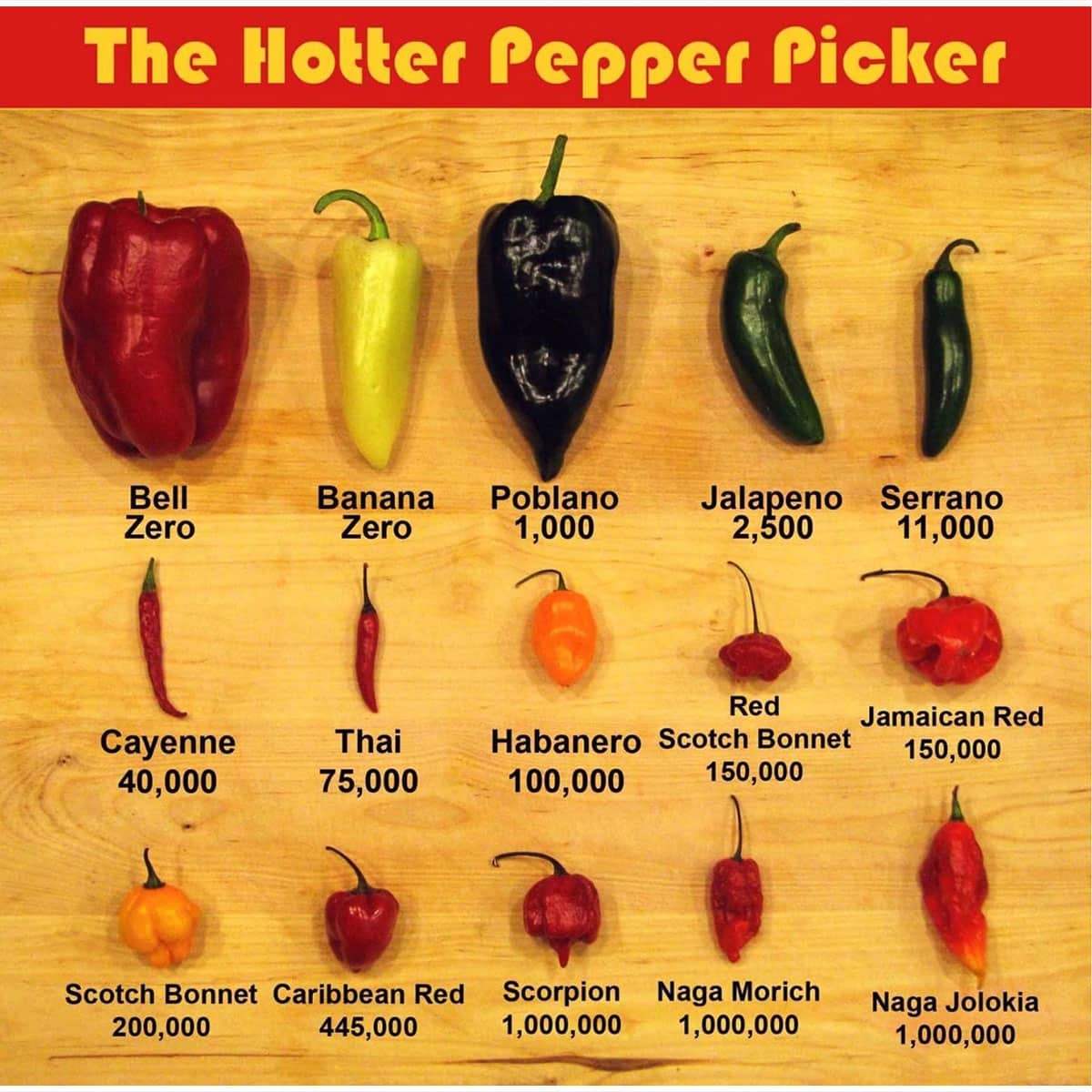
How does capsaicin affect your body?
Red peppers contain a compound called capsaicin, commonly found in spicy foods. A burning sensation occurs on your tongue when you eat capsaicin. Your taste buds respond to capsaicin by binding to heat receptors and feeling warm. When capsaicin binds to its receptor, calcium ions enter your cells, initiating the pain response.
Due to the hydrophobic (fat-loving/water-hating) nature of capsaicin penetrates fatty cell membranes and stays there, resulting in a persistent spicy flavor. Because capsaicin is hydrophobic, it will not dissolve in water, so a glass of water won't help you remove it. In high doses of capsaicin, the sensation of heat can be unbearable.
When you eat spicy food, the capsaicin binds to your TRPV1 receptors. The skin, gut, and brain contain these receptors, which help regulate your body temperature. The capsaicin binding to the TRPV1 receptors causes a release of inflammatory chemicals, including histamine and serotonin.
These chemicals cause the burning sensation you feel when you eat spicy food. In addition to causing pain, these chemicals also cause your blood vessels to dilate, leading to sweating and an increased heart rate.
What do you do when you eat spicy food, and your mouth gets hot?
Your mouth is on fire after eating hot wings, so you're: Searching for any spicy food hack you can find — anything to quench the fire and keep yourself cool.
Knowing that capsaicin in chili peppers is what makes them hot, we can better understand how to neutralize its effects. Capsaicinoids are oil-soluble, so they're not water-soluble and can't be quenched by drinking water. The truth is that water will spread the capsaicin around your mouth, worsening the burning sensation.
The following methods will help to cool your mouth after eating spicy food:
1 Dairy is a good choice.
Choosing a dairy product with casein is the key to getting your mouth to cool down. Casein is present in dairy products such as ranch, sour cream, yogurt, or cottage cheese. The most common belief is that milk is the best way to cool down a mouth on fire; however, buttermilk, sour cream, and yogurt are more effective due to their high-fat levels.
Casein is a protein found in milk-based products capable of breaking down capsaicin. Casein behaves like a detergent — it attracts, surrounds, and flushes away oil-based capsaicin molecules in the mouth like how soap removes grease.
Why is that? Well, capsaicin—the active ingredient in chili peppers that makes them hot—is oil-soluble. That means it doesn't mix with water (or saliva), so it just hangs on your taste buds, turning up the heat. But since dairy products are high in fat, they can coat your mouth, creating a barrier between the capsaicin and your taste buds. This effectively neutralizes the spiciness.
So what's a person to do when they've got a case of the spice blues? The best bet is to reach for something that can break up that casein protein. Enter: ranch dressing.
How does it work?
Despite being insoluble in water, capsaicin is highly soluble in fat and alcohol. In other words, capsaicin in chili peppers binds to fat molecules, so the more fat in your dairy product, the better it will bind to the capsaicin and wash it away.
Ranch dressing contains buttermilk, which is full of lactic acid. That lactic acid helps to break down the proteins in milk, making it easier for your body to wash away the spice. Buttermilk also contains calcium ions, which work to bind with the capsaicin molecules and help wash them away.
Fat and casein are two of the main components of dairy products. Like capsaicin, casein is a fat-loving substance; hence when you dip your hot wings in ranch dressing, the fat surrounds and binds the capsaicin, preventing it from sticking to your mouth.
2 Take an acidic drink.
No worries if you're allergic to dairy or want to avoid it! As an alternative, you can use acid. Capsaicin belongs to the alkaline group, right? You can neutralize its activity by balancing it with acid.
In what way? Acidic drinks, such as citrus juice, orange juice, lemonade, and tomato-based beverages, can also help cool your mouth. The effect is almost immediate! The acidity in the drink helps break down the capsaicin molecules responsible for the spicy sensation. You may feel less burning in your mouth if you do this.
You can try this method:
- Mix ¼ cup of vinegar with 1 cup of water. You can also add a teaspoon of honey or sugar to make it more palatable.
- When you drink it, make sure you do so quickly.
- Don't forget to rinse your mouth with water afterward.
3 Indulge in carbs.
There are several reasons starches fill you up, one of them being their high volume. When eating spicy foods, the volume of starchy foods can also be beneficial for blocking the impact of capsaicin. If you are experiencing pain, eat some bread, rice, or tortillas to prevent this sneaky substance from reaching the pain receptors in your body.
How does it work? The capsaicin in chili peppers binds to the pain receptors in your body, which triggers a painful burning sensation. Eating starchy foods forms a barrier between the capsaicin and your pain receptors, effectively neutralizing the spice.
4 Drinking water won't solve the burning sensation.
If you take nothing else away, leave with this: Capsaicin is oil-based, so when you drink water, it spreads around your mouth — causing your pain receptors to fire even harder. What a mistake! For a faster way to cool your mouth down, choose one of the above options instead of water.
You can neutralize spicy food with buttermilk.
Buttermilk is often touted as a magical cure-all when it comes to neutralizing the heat of spicy food. The question is, does it work?
Buttermilk is a fermented dairy product made by adding lactic acid-producing bacteria to milk. This bacteria breaks down the lactose in the milk, resulting in a slightly sour and tangy beverage. Buttermilk also contains fats, which can help neutralize the effects of capsaicin, just like regular milk.
To test this theory, we made a batch of our favorite spicy chili and added a cup of buttermilk to half of it. We then took a spoonful of each chili and rated the heat level on a scale of 1 to 10.
The results? The chili with buttermilk was significantly less spicy than the plain chili, scoring a heat level of 4 compared to 8 for the regular chili.
So, if you find yourself with a dish that is too spicy, reach for the buttermilk. Maybe it's the secret to taming the heat.
What is ranch dressing?
Originally from the United States, ranch dressing is used as a dip for raw vegetables or salad dressing. A typical recipe consists of buttermilk, sour cream, yogurt, herbs, and spices.
Read:
How does ranch neutralize spicy food?
Milk is often hailed as the best fire extinguisher when mitigating the heat of spicy foods. But milk's cooling power has nothing on ranch dressing. The buttermilk in ranch dressing helps break down the capsaicin molecules responsible for the burn of chili peppers, while the vinegar and sour cream balance out the flavors.
In other words, ranch dressing is the perfect antidote to a chili pepper-induced blaze. So next time you find yourself in need of some flavor relief, reach for the ranch.
How does it work?
The high-fat content in ranch helps coat your mouth and tongue, which can help reduce the heat you feel. While ranch won't completely eliminate spicy food's heat, it will significantly reduce it.
The dairy in ranch dressing can help to cool the mouth and throat, while the fat in the sauce can help to coat the tongue and prevent the spiciness from being as overwhelming. Ranch dressing can also help to add some creaminess and flavor to spicy food, making it more tolerable.
So, the next time you need a little relief from the heat, reach for the ranch. Your tongue will thank you.
Is capsaicin soluble in fat?
Capsaicin is the active compound in chili peppers that gives them their characteristic heat. It is a volatile, oily substance that is insoluble in water but soluble in fats and oils. When capsaicin comes into contact with the mucous membranes of the mouth, throat, nose, or eyes, it causes a burning sensation.
One way to neutralize the effects of capsaicin is to consume fats or oils along with chili pepper. The capsaicin will bind to the fat molecules and be rendered harmless. Milk is often used for this purpose, as the fats in milk can effectively bind to the capsaicin and help wash it away. <source>
Milk helps with spicy food, but water doesn't.
It does not take a tall glass of water to soothe the sting of jalapeno pepper. Your mouth might just become hotter as a result since water and oil don't mix.
Due to capsaicin's fat-soluble nature, rinsing the mouth with milk fat can relieve the pain. Besides interacting with capsaicin, milk contains casein protein that can dissolve it. As a consequence, milk neutralizes spicy food, while water does not.
Using the proper technique matters too: Keep milk in your mouth as long as possible and swallow it immediately to benefit from its soothing properties.
Spicy food: How to fix it
Fortunately, you can do a few things to neutralize a dish's spiciness and help ease the burning sensation. Here are four effective methods for making spicy food less hot:
1 Add acid
One way to help neutralize the spiciness of a dish is to add an acidic element. This could be in the form of citrus juice, vinegar, or even yogurt. The acidity will help balance the heat, making the dish more palatable.
2 Add sweetness
Another method for reducing a dish's heat is adding a sweetener. This could be honey, sugar, or even fruit. The sweetness will help to offset the spiciness and make the dish more enjoyable.
3 Add fat
Fat coats the mouth and reduces heat sensations. Adding fat to a dish can also help to neutralize the heat. This could be in the form of sour cream, creme fraiche, milk, or even mayonnaise. Sprinkle cheese on top as an alternative to dairy in tomato sauce and stews.
4 Add salt
Adding salt to a dish can also help to reduce the spiciness. The salt will help to absorb some of the heat, making the dish more tolerable.
These are just a few of the ways that you can help to neutralize the spiciness of a dish. If you find yourself with a dish that is too spicy, try one of these methods to help reduce the heat.

